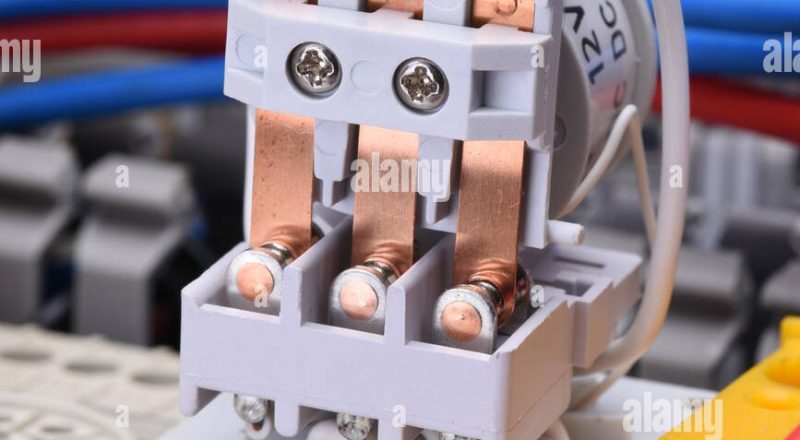In today’s fast-paced world, our homes have become hubs of advanced technology and convenience. From smart appliances to energy-efficient lighting systems, modern households rely heavily on electricity. However, with great power comes great responsibility, especially when it comes to Domestic Electrical Installation. Ensuring that your home’s electrical systems are safe, efficient, and up-to-date is crucial for the well-being of your family and the preservation of your property. In this blog post, we’ll delve into the essential aspects of domestic electrical installation, offering insights and tips to help you make informed decisions.
Understanding Domestic Electrical Installation
1. Safety First: The cardinal rule of electrical installations is safety. Always hire certified electricians for any installation or repair work. They possess the necessary skills and knowledge to ensure that your electrical system complies with local regulations and safety standards.
2. Assessing Your Electrical Needs: Before embarking on any installation project, evaluate your household’s electricity needs. Consider current requirements and future expansions. An expert electrician can help you plan for additional circuits and outlets, ensuring that your home is prepared for any technological advancements or increased power usage in the future.
Key Components of Domestic Electrical Installation
1. Circuit Breaker Panel: The circuit breaker panel is the heart of your home’s electrical system. It distributes power to different circuits and safeguards your home against electrical overloads. Upgrading to a modern, higher amp capacity panel may be necessary if you’re adding new appliances or rooms to your home.
2. Wiring: Proper wiring is essential for the safe and efficient distribution of electricity. Outdated or damaged wiring can lead to electrical hazards. Consult with an electrician to assess the condition of your wiring and replace it if necessary. Modern options like copper or aluminum wiring are durable and conduct electricity efficiently.
3. Outlets and Switches: Consider the placement and type of outlets and switches in your home. Install Ground Fault Circuit Interrupter (GFCI) outlets in areas prone to moisture, such as kitchens and bathrooms, to prevent electrical shocks. Smart outlets and switches are excellent options for creating a connected home while enhancing energy efficiency.
4. Lighting: Energy-efficient LED lighting not only reduces electricity bills but also contributes to a greener environment. Explore various lighting options, including dimmer switches and motion-sensor lights, to enhance both ambiance and energy savings.
Tips for a Successful Electrical Installation
1. Regular Maintenance: Schedule periodic electrical inspections to ensure your system is functioning optimally. Timely maintenance can prevent potential issues and prolong the lifespan of your electrical components.
2. Energy Efficiency: Consider energy-efficient appliances and lighting solutions to reduce your carbon footprint and save on electricity costs. Smart thermostats, solar panels, and energy-efficient HVAC systems are excellent investments for sustainable living.
3. Emergency Preparedness: Install smoke detectors and carbon monoxide alarms in strategic locations throughout your home. Test them regularly and replace batteries as needed. These devices are essential for early detection of potential hazards.
